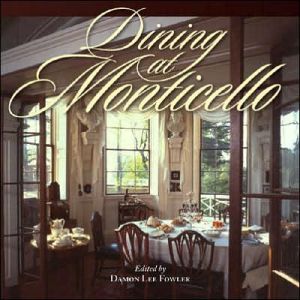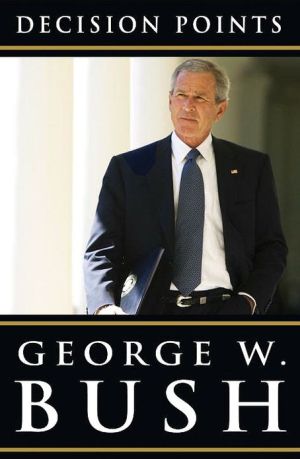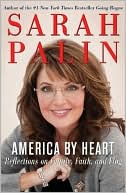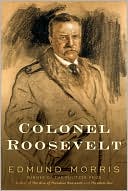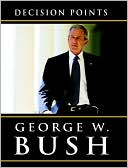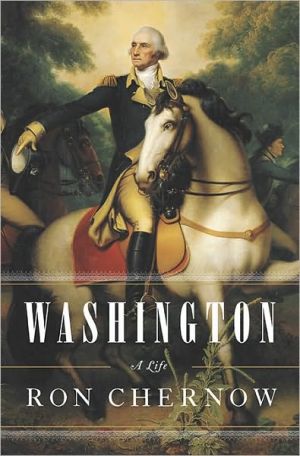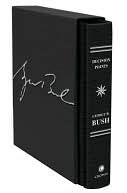Dining at Monticello: In Good Taste and Abundance
Among Thomas Jefferson's flaws, according to Patrick Henry, was the manner in which "he has abjured his native victuals in favor of French cuisine." While Jefferson's years in Paris enhanced his fondness for French food, the offerings at Monticello incorporated Continental cuisine with more common Virginian fare, yieldin a celebrated blend of cultures and traditions. Dining at Monticello: In Good Taste and Abundance combines recipes, background essays, and lush illustrations to provide an...
Search in google:
Recipes, background essays, anecdotes, and lush illustrations provide an inviting view of the renowned hospitality offered at Thomas Jefferson's table at Monticello.
Dining at Monticello\ In Good Taste and Abundance \ \ The University of North Carolina Press\ Copyright © 2005 University of North Carolina Press\ All right reserved.\ ISBN: 978-1-882886-25-8 \ \ \ \ Introduction\ "Thomas Jefferson's Place in American Food History" By Damon Lee Fowler \ Lost between exaggeration and inattention, Thomas Jefferson's true place in American food history is difficult to pin down. Popular legend, unbridled by fact and colored by romantic notion, places Jefferson at the very center of our national culinary identity, crediting him with the introduction of ice cream, macaroni, tomatoes, vanilla, French fries, and even French cuisine to the young republic. At the other extreme, scholarly biographers focus their attention almost exclusively on Jefferson's public life, with only the briefest mentions of his elaborate presidential entertaining, neglecting the records of an intense interest in food and the critical role it played in how he conducted his public life. Neither extreme-carelessly enthusiastic or cautiously silent-provides real understanding of Jefferson's role in our country's culinary past. And yet the surviving documentation of Monticello's food culture is marvelously rich, from Jefferson's own notebook describing the kitchen garden, to the family's personal letters and recipe manuscripts, to detailed accounts of food purchases. These documents provide a vivid picture and authentic understanding of Jefferson's curiosity about the growing, preserving, and cooking of fine food, not to mention his real passion for eating well. Although the picture the evidence paints is less of the pioneer of colorful legend than his enthusiasts would perhaps like, to a far greater degree than historians have described, Jefferson made an important impact on our national culinary consciousness as an ever-searching epicure, gathering and incorporating the best elements of the food traditions he encountered in both Old World and New.\ One of the most persistent food myths surrounding Jefferson dates to his own day, at least from the time an outraged Patrick Henry purportedly claimed that "he has abjured his native victuals in favor of French cuisine." Modern writers sometimes suggest that Jefferson's years as minister plenipotentiary to France completely revolutionized his culinary thinking. It is easy to see why: Jefferson went abroad with eyes and notebooks wide open, eager to observe and record his impressions of life on the Continent. His experiences with Roman architecture, English gardens, and European wines did in fact transform life at Monticello, where the house, gardens, and wine cellar were redesigned and augmented after his return from France.\ It is therefore tempting to argue that the same is true of food-that Jefferson's experiences in France opened a new gastronomical world for him. However, it is also important to remember that the French were in America long before this particular American was in France, and Jefferson was no stranger to French cooking. Decades before he lived in Paris, he enjoyed meals prepared by Frenchmen both at the Governor's Palace in Williamsburg, where he dined regularly during his student days, and at the residence he and James Monroe shared in Annapolis. Like other Virginians of his class, he inherited from Europe an understanding of French food as an "international culinary language" that communicated status and style. Just as the language of France had become the language of diplomacy, its cuisine was the culinary equivalent. Eager to make this stylish French fare a lifelong element of his own table, Jefferson brought his slave James Hemmings to Paris "for the particular purpose of learning French cookery." In other words, Jefferson's early experiences with French cuisine at home had already inspired him to take advantage of the culinary opportunities that awaited him in France.\ In fairness, dining every Tuesday on the refined cuisine of the court of Louis XVI can only have deepened Jefferson's love for French cooking. Just as he brought home eighty-six crates of European art, books, silver, furniture, and porcelain, he also brought such foodstuffs as mustard, vinegar, raisins, nectarines, macaroni, almonds, cheese, anchovies, olive oil, and 680 bottles of wine. This passion for the best elements of Continental cuisine stayed with Jefferson for life: he continued to enjoy French-influenced cuisine in Philadelphia, Washington, and even Charlottesville; Monticello's pantries and cellars were stocked annually with European delicacies; and many of the recipes he recorded are written in French or are French-influenced. Even as president, he found time to send some of his French butler's recipes to his daughters at Monticello, noting that the "orthography will be puzzling and amusing: but the receipts are valuable." Clearly, then, Jefferson's years in Paris made a permanent imprint on his food habits.\ What we often neglect to remember is that Jefferson's time in Paris was a two-way cultural exchange. At the same time that he eagerly bough European ideas, plants, and technologies-food-related and otherwise-to enrich his own life at home and to share with his fellow Americans, he was also a vocal defender of the New World and its natural products. Assessing the fruit available in Paris, he concluded that "[t]hey have no apple here to compare with our Newtown pippin," and requested that James Madison arrange shipment of both a barrel of the apples and fifty to one hundred of its grafts, presumably less for his own use than to establish the American product in France. In his Parisian garden, Jefferson grew "Indian corn for the use of my own table," and requested that seeds for additional corn, cantaloupe, watermelon, and sweet potatoes be sent to him, along with Virginia hams, which were "better than any to be had on this side [of] the Atlantic." Even surrounded by haute cuisine, Jefferson still wanted to eat "in our manner," requesting shipment of such quintessentially American foods as pecans and cranberries. Contrary to Patrick Henry's accusation, it's evident that Jefferson's culinary adventures in France did not supplant his own American food traditions, but only broadened them; clearly, he relished the best from both sides of the Atlantic....\ (Continues...)\ \ \ \ \ Excerpted from Dining at Monticello Copyright © 2005 by University of North Carolina Press. Excerpted by permission.\ All rights reserved. No part of this excerpt may be reproduced or reprinted without permission in writing from the publisher.\ Excerpts are provided by Dial-A-Book Inc. solely for the personal use of visitors to this web site. \ \
Thomas Jefferson's place in American food history1Nourishing the Congress : hospitality at the president's house11Like clockwork : French influence in Monticello's kitchen19Carrying the keys : women and housekeeping at Monticello29African Americans and Monticello's food culture37"A declaration of wants" : provisioning the Monticello table47Thomas Jefferson's favorite vegetables55Thomas Jefferson's table : evidence and influences65Dining at Monticello : the "feast of reason"71Jefferson and wine : a "necessary of life"81A note on the recipes89Breads90Soups98Entrees108Side dishes132Desserts152
